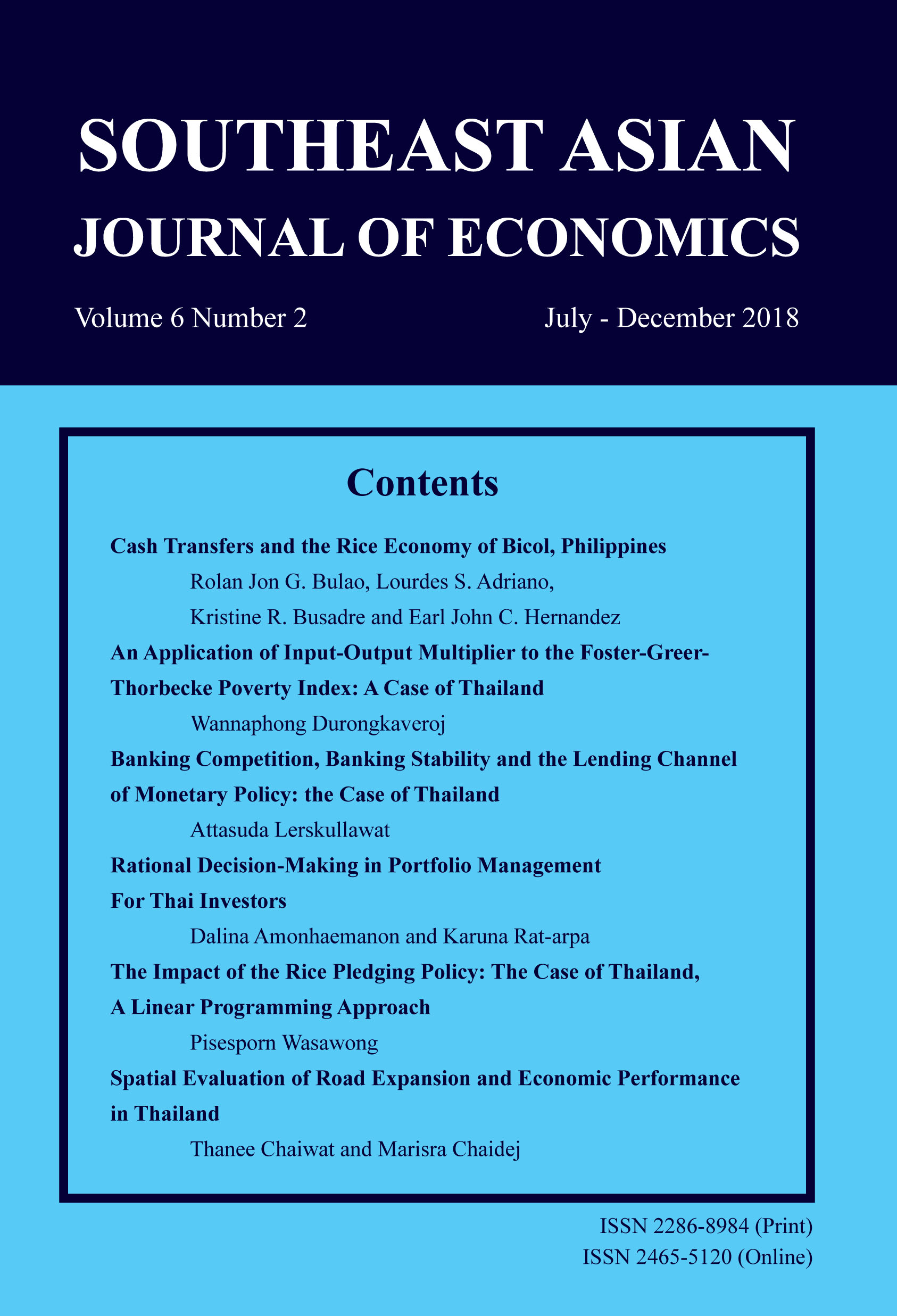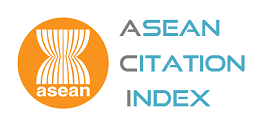Brunei Darussalam’s Trade Potential and ASEAN Economic Integration: A Gravity Model Approach
Keywords:
Gravity Model, Stochastic Frontier, Brunei Darussalam, AFTAAbstract
This article uses an augmented gravity model estimated using panel data and stochastic frontier methods to investigate the determinants of Brunei Darussalam’s trade from 2000 to 2011 and also estimate its trade potential. We find that GDP, population, colonial relationship and trade agreements have positive effects on the level of trade, while distance affects trade negatively. We also find that Brunei’s trade potential is relatively low, indicating the presence of significant ‘behind the border’ inefficiencies, but these inefficiencies have been decreasing over time. In addition, we investigated whether AFTA is trade creating or trade diverting. Based on data from 1987 to 2011, we find positive and significant trade creation effects. Results from the stochastic frontier gravity model also suggest that ‘behind the border’ inefficiencies for ASEAN as a whole have decreased over time.
Downloads
How to Cite
Issue
Section
License
The submission of a manuscript implies that the paper is an original work and has not been published elsewhere. The author(s) authorize the journal to reproduce or distribute the paper in printed or other electronic forms.







